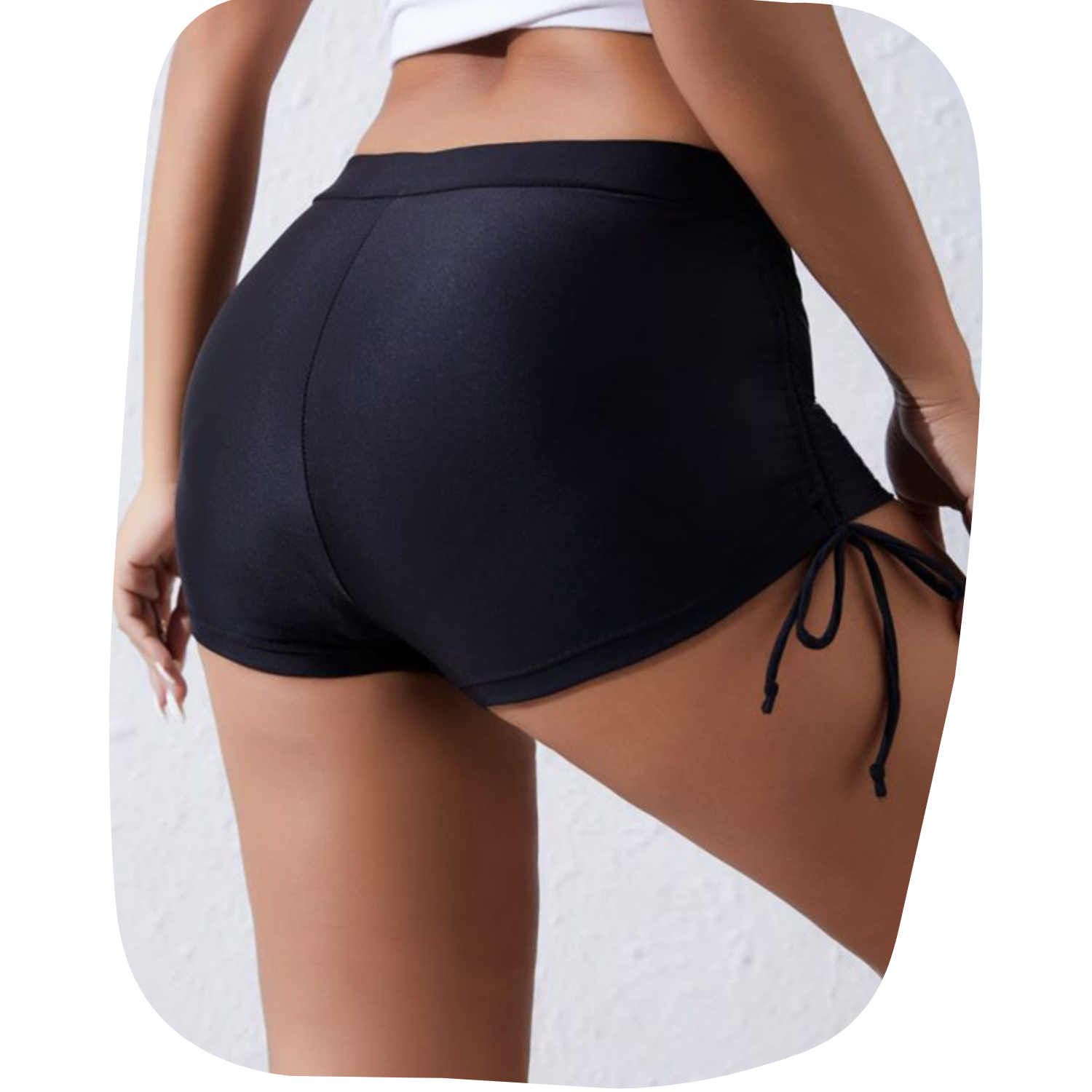
🩸 Basic information – for every woman
Menstruation is not a reason to avoid water. There is no medical reason why you should not bathe during your period, whether in a bathtub, a pool, or the sea. Water slows (but does not stop) bleeding. The pressure of the water will temporarily reduce or stop bleeding, but bleeding may start again after you leave the water. Practice good hygiene. Always rinse and change your menstrual cup after swimming to avoid irritation or infection.

Chlorinated Water Pools: What to Watch Out For?
Chlorinated water in pools is designed to kill bacteria, which is an advantage. However, it can have some specifics:
-Irritation: Chlorine can dry out the skin and mucous membranes, including the sensitive vaginal area. For some women, this can lead to mild irritation or disruption of the natural vaginal pH, which theoretically might slightly increase susceptibility to infections.
- Tampons and chlorine: Besides blood, a tampon can also absorb some chlorinated water. That's why it's important to use cup or menstrual swimwear for swimming.
**Tip:** If you have very sensitive skin, consider using a protective vaginal gel before swimming.
Refreshing Seawater: A Natural Bath
Seawater is often perceived as a cleaner and more natural environment for the body.
-Saltwater and its effects: The salt in seawater can have mild antiseptic effects. The risk of infection from clean seawater is generally low. However, just like chlorinated water, saltwater can also cause dryness or irritation in sensitive individuals.
- Menstrual products: The same rules apply as for the pool
Tip: Enjoy swimming! Movement in the water can even help alleviate menstrual cramps.







